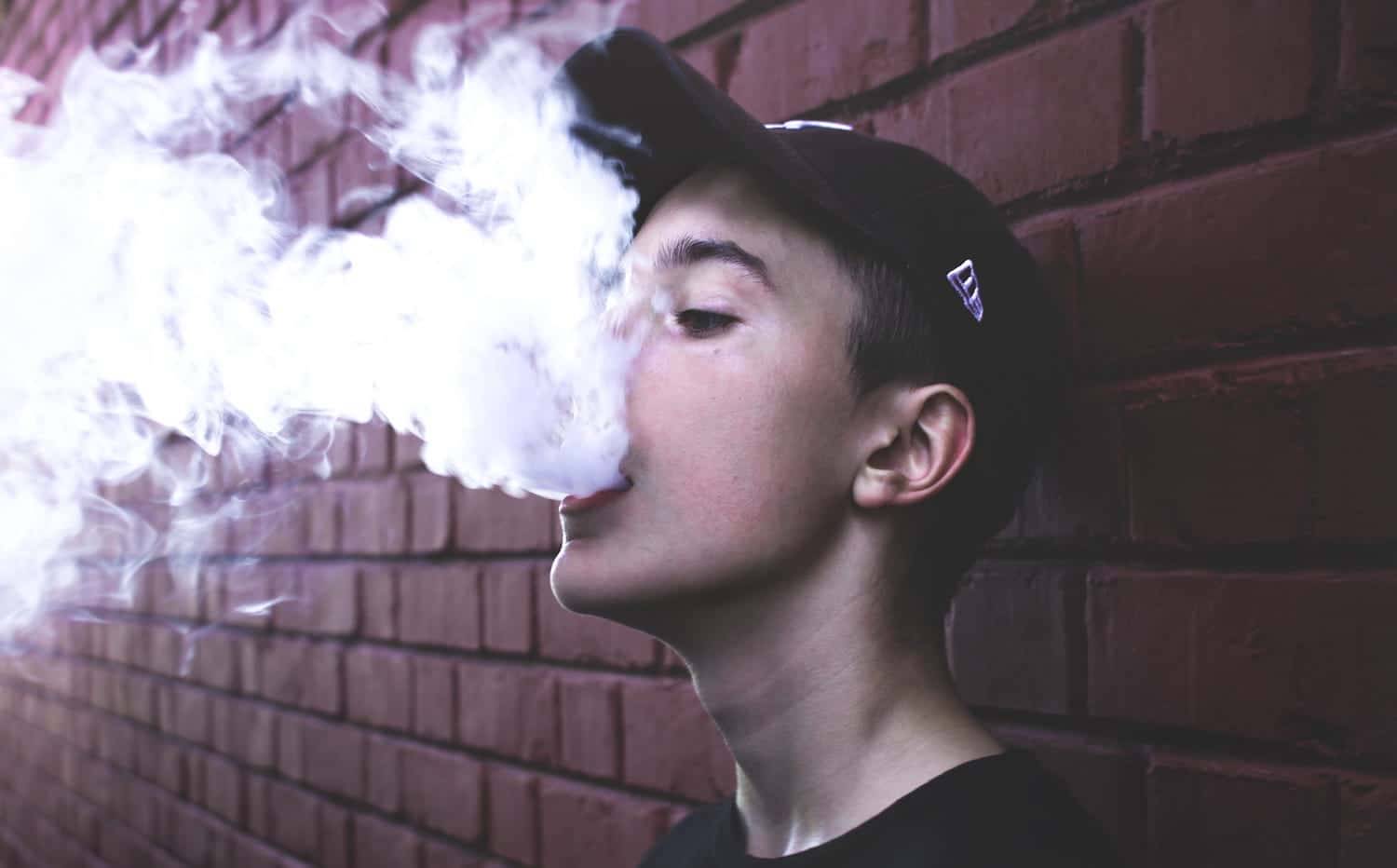Teenage drinking and drug use during the COVID-19 pandemic

Key takeaways for caregivers
- Young teenagers were more likely to use some drugs (e-cigs, prescription drugs, inhalants) during the first year of the pandemic than before the pandemic.
- Teens with more pre-existing difficulties or in families with fewer resources used the most substances.
- Parents can support teens in avoiding drug use by modeling healthy coping behaviors and keeping connected to their children.
Teenagers and the COVID-19 pandemic
Teens’ lives changed a lot during the COVID-19 pandemic. Many were attending school online, social distancing from friends and neighbors, and spending more time than they had before the pandemic with family. Many were dealing with stress, uncertainty, and depression. Did these changes result in different patterns of drinking and drug use?
Compared to before the pandemic, fewer teens reported using alcohol after the pandemic started. More teens said they used nicotine products (e.g., vaping), misused prescription drugs, or used inhalants after the start of the pandemic.
To find out, my colleagues and I repeatedly surveyed 9,270 teenagers from 11 to 13 years old across the United States who were participating in an ongoing study – the Adolescent Brain and Cognitive Development (ABCD) Study. Teens completed one survey before the pandemic and seven more surveys during the first year of the pandemic (between May 2020 and May 2021).
How did teen substance use shift after the pandemic started?
Just like before the pandemic, the most common substances teens reported using were alcohol and nicotine (e.g., vaping). However, compared to before the pandemic, fewer teens reported using alcohol after the pandemic started. More teens said they used nicotine products (e.g., vaping), misused prescription drugs, or used inhalants after the start of the pandemic.
The pandemic appears to have shifted which substances young teenagers were using, away from alcohol and toward drugs. Since we surveyed only young teenagers (11- to 13-year-olds), our results do not address what changes the pandemic may have brought for older teens.

Photo: Wallpaper Flare.
What happened as the pandemic wore on?
Surprisingly, the decreases in alcohol use grew even larger in 2021, with teens continuing to report even lower rates. We expected that as teens’ lives began returning closer to their pre-pandemic routines, their alcohol use would also become closer to pre-pandemic levels – but instead we saw further decreases.
As the pandemic wore on, the increases in teens’ inhalant use and prescription drug misuse shrank but remained. In May 2021, young teenagers were still more likely to use these substances than they were before the pandemic. Furthermore, the increase in teens’ nicotine use (e.g., vaping) early in the pandemic (May 2020) shrunk over time and disappeared by May 2021.
Teens were less likely to use substances during the first year of the pandemic when their parents made an effort to stay connected with them and to keep track of what their teens were doing.
Larger impacts among families with fewer resources and youth with pre-existing difficulties
Was the early impact of the pandemic the same for all teenagers? No. Teens whose families had less income exhibited larger increases in substance use during the first year of the pandemic. This probably occurred because families with lower incomes had fewer resources to buffer against stressful pandemic-related changes (e.g., a parent being laid off).
Also, teens who reported more behavior problems, depression, and anxiety before the pandemic tended to engage in more drinking and drug use during the first year of the pandemic. The additional stress brought by the pandemic likely increased the burden these teens were already feeling.
Parents can help by being a role model and connecting
Our surveys yielded some good news: There are ways parents might be able to protect teens from pandemic-related increases in drinking alcohol or using drugs.
First, teens’ substance use during the first year of the pandemic was correlated with parents’ substance use during that time. Therefore, parents who modelled healthy coping behaviors in the face of pandemic-related stress could have helped protect their teens.

Photo: ottawagraphics. Pixabay.
Second, teens were less likely to use substances during the first year of the pandemic when their parents made an effort to stay connected with them and to keep track of what their teens were doing (e.g., where they were, who their friends were, what was going on at school). When parents increased how much they were keeping track of their teens, youth’s substance use decreased substantially.
Next steps
We are continuing to survey the same teenagers to see how their substance use changed as the pandemic continued in 2022 and 2023. For now, we recommend that parents support their teens by staying connected, keeping track of teens’ activities, and being a role model for healthy coping with the stressful life changes brought by the pandemic.
















Leave a comment